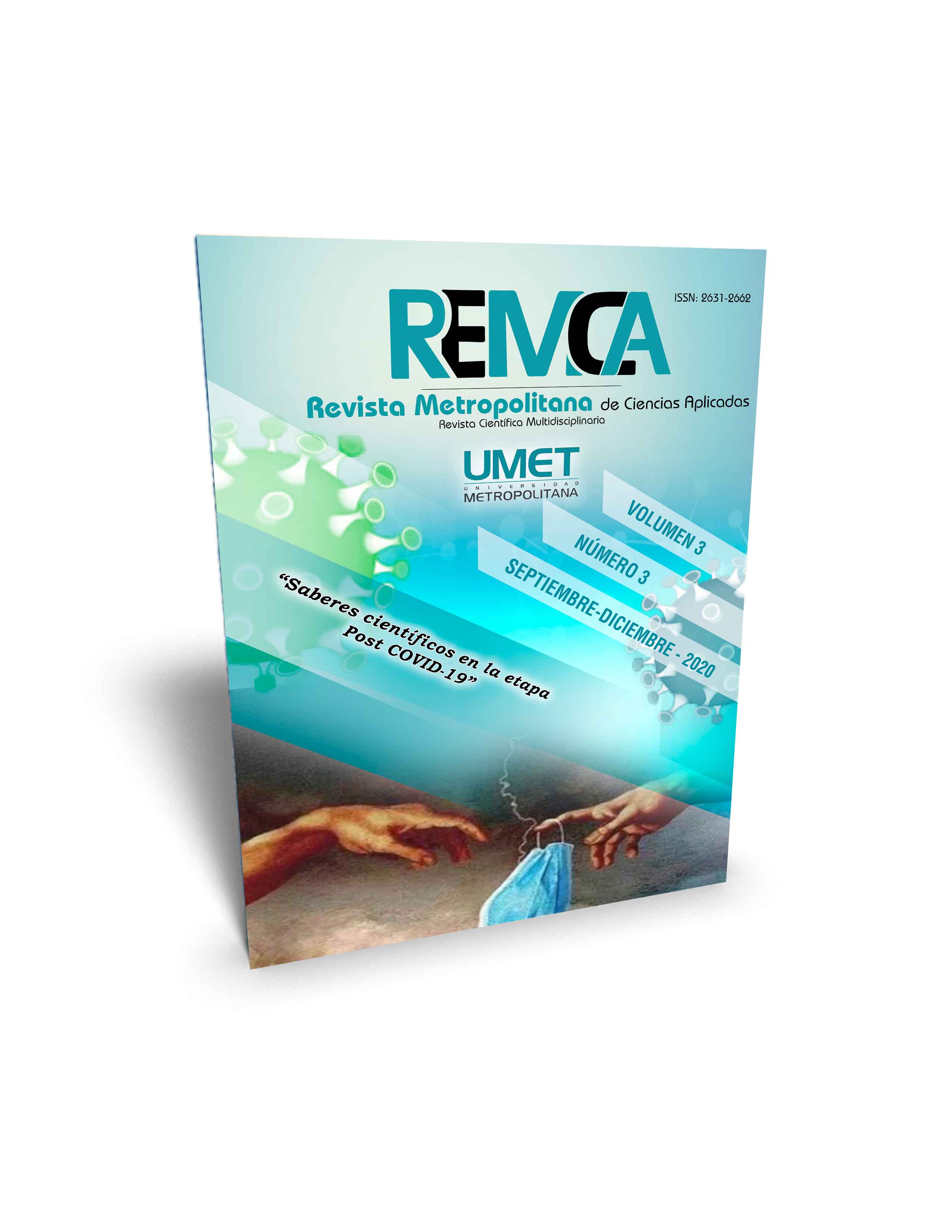Biological manifestations of climate variability in areas of Perú
DOI:
https://doi.org/10.62452/ghjstf89Keywords:
Climate variability, mortality, eating behaviorAbstract
This article presents evidence of what might be called the impact of climatic variability on some organisms, which translate into biological aspects such as: Massive mortality, change of habitat, among others. The information comes from direct observations, in addition to historical data on variables such as temperature that shows a change in weather patterns. Evidence indicates that there is an event of change in eating behavior patterns, change of habitat, development of an adaptation process under the influence of climate change. This work tries to draw attention to the complexity associated with the study of the biological effects of climate change on ecological systems.
Downloads
References
Advani, N. (2013). 50% de las especies en peligro debido al cambio climático. World Wildlife Fund. https://www.worldwildlife.org/blogs/descubre-wwf/posts/50-de-las-especies-en-peligro-debido-al-cambio
Becker, B., Peery, M., & Beissinger, S. (2007). Ocean climate and prey availability affect the trophic level and reproductive success of the marbled murrelet, an endangered seabird. Marine Ecology-Progress, 329, 267-279.
Bocanegra, C. A. (2014). Mortalidad del “Pelícano peruano” Pelecanus occidentalis thagus en playas de La Libertad en abril y mayo del 2012. (Informe interno). Universidad Nacional de Trujillo.
España. Dirección General de Infraestructuras y Servicios de la Consejería de Educación de la Comunidad de Madrid. (2014). Animalandia. EducaMadrid. http://animalandia.educa.madrid.org/
Fundación Wikimedia. (2019). Wikipedia, la Enciclopedia libre. https://es.wikipedia.org/wiki/Wikipedia:Portada
Organización de las Naciones Unidas para la Alimentación y la Agricultura. (2012). Consecuencias del cambio climático para la pesca y la acuicultura. FAO. http://www.fao.org/3/a-i0994s.pdf
Organización de las Naciones Unidas. (2019). Cambio climático y medio ambiente. ONU https://news.un.org/es/story/2019/02/1450601
Otero, L. (2014). Aumentan las muertes masivas de aves, peces y animales.https://www.muyinteresante.es/naturaleza/articulo/aumentan-las-muertes-masivas-de-aves-peces-y-animales-marinos-601421142071
Purca. S. (2005) Variabilidad temporal de baja frecuencia en el Ecosistema de la Corriente Humboldt frente a Perú. (Tesis doctoral). Universidad de Concepción.
Safina, C. (20149. Cómo el cambio climático está hundiendo a las aves marinas. https://www.audubon.org/es/magazine/september-october-2014/como-el-cambio-climatico-e
Tovar, H. (1982). Fluctuaciones de poblaciones de aves guaneras en el litoral peruano, 1960–1981. http://www.fao.org/tempref/docrep/fao/005/x6851b/x6851b17.pdf
Downloads
Published
Issue
Section
License
Copyright (c) 2020 Carlos Alfredo Bocanegra García (Autor/a)

This work is licensed under a Creative Commons Attribution-NonCommercial-ShareAlike 4.0 International License.
Authors who publish in Revista Metropolitana de Ciencias Aplicadas (REMCA), agree to the following terms:
1. Copyright
Authors retain unrestricted copyright to their work. Authors grant the journal the right of first publication. To this end, they assign the journal non-exclusive exploitation rights (reproduction, distribution, public communication, and transformation). Authors may enter into additional agreements for the non-exclusive distribution of the version of the work published in the journal, provided that acknowledgment of its initial publication in this journal is given.
© The authors.
2. License
The articles are published in the journal under the Creative Commons Attribution-NonCommercial-ShareAlike 4.0 International License (CC BY-NC-SA 4.0). The terms can be found at: https://creativecommons.org/licenses/by-nc-sa/4.0/deed.en
This license allows:
- Sharing: Copying and redistributing the material in any medium or format.
- Adapting: Remixing, transforming, and building upon the material.
Under the following terms:
- Attribution: You must give appropriate credit, provide a link to the license, and indicate if any changes were made. You may do this in any reasonable manner, but not in any way that suggests the licensor endorses or sponsors your use.
- NonCommercial: You may not use the material for commercial purposes.
- ShareAlike: If you remix, transform, or build upon the material, you must distribute your creation under the same license as the original work.
There are no additional restrictions. You may not apply legal terms or technological measures that legally restrict others from doing anything the license permits.




